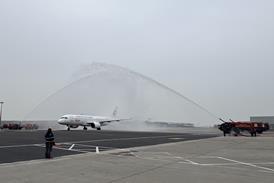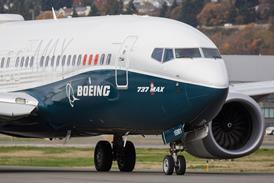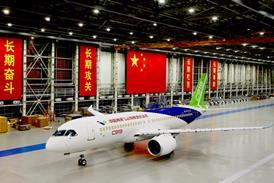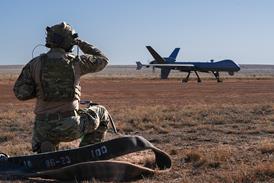UK air navigation service provider NATS says a new air traffic management tool will shorten holding times and optimise aircraft sequencing for aircraft flying to all London's airports, in the process significantly reducing aircraft emissions.
In the long run, says NATS, its new arrivals manager system (AMAN) could reduce carbon dioxide emission annually by as much as 300,000t. This will be achieved by enabling aircraft to join the arrival sequence earlier and manage their speed better to arrive at their initial approach fix at the optimum time for their destination airport in the London terminal manoeuvring area (TMA). That, NATS calculates, would save the annual equivalent of the fuel used by 2,000 Boeing 747 transatlantic flights.
The AMAN, developed by software company Barco and adapted by NATS, will go into service early in 2009, and will begin relatively modestly by dealing only with aircraft flying to Heathrow and Gatwick, according to the ANSP's ATC service delivery manager Stuart McBride.
The system will provide major advantages from day one, he says, but in the long run, as controllers learn to use it to best advantage and all its potential functions are validated, it will be able to fit into the future networked co-operative decision-making systems envisaged under the SESAR programme for the Single European Sky.
NATS chief executive Paul Barron says: "This is a really exciting development. It's good for the airlines, which save fuel and, therefore, money and it's a healthy step to reducing our environmental impact. Integrating something like this into one of the busiest and most complex airspace sectors in the world was always going to be a challenge, but it means that we're able to deliver more efficiency for our customers and work towards this projected environmental saving."
From day one, says McBride, AMAN will reduce the workload of the airport group supervisor who - at present - manually determines the arrival sequence of inbound aircraft. It will do that by automating part of the supervisor's function, sequencing aircraft optimally according to their expected arrival times, also taking into account other sequencing considerations like aircraft wake vortex categories.
The TMA arrival supervisors for each airport will be presented automatically with a linear display of the optimum aircraft sequence for all the inbound aircraft, taking into account adjustments to expected arrival times, and because the monitoring process is continuous, AMAN is able to update supervisors' and controllers information more regularly and with greater accuracy.
Source: Flight International























